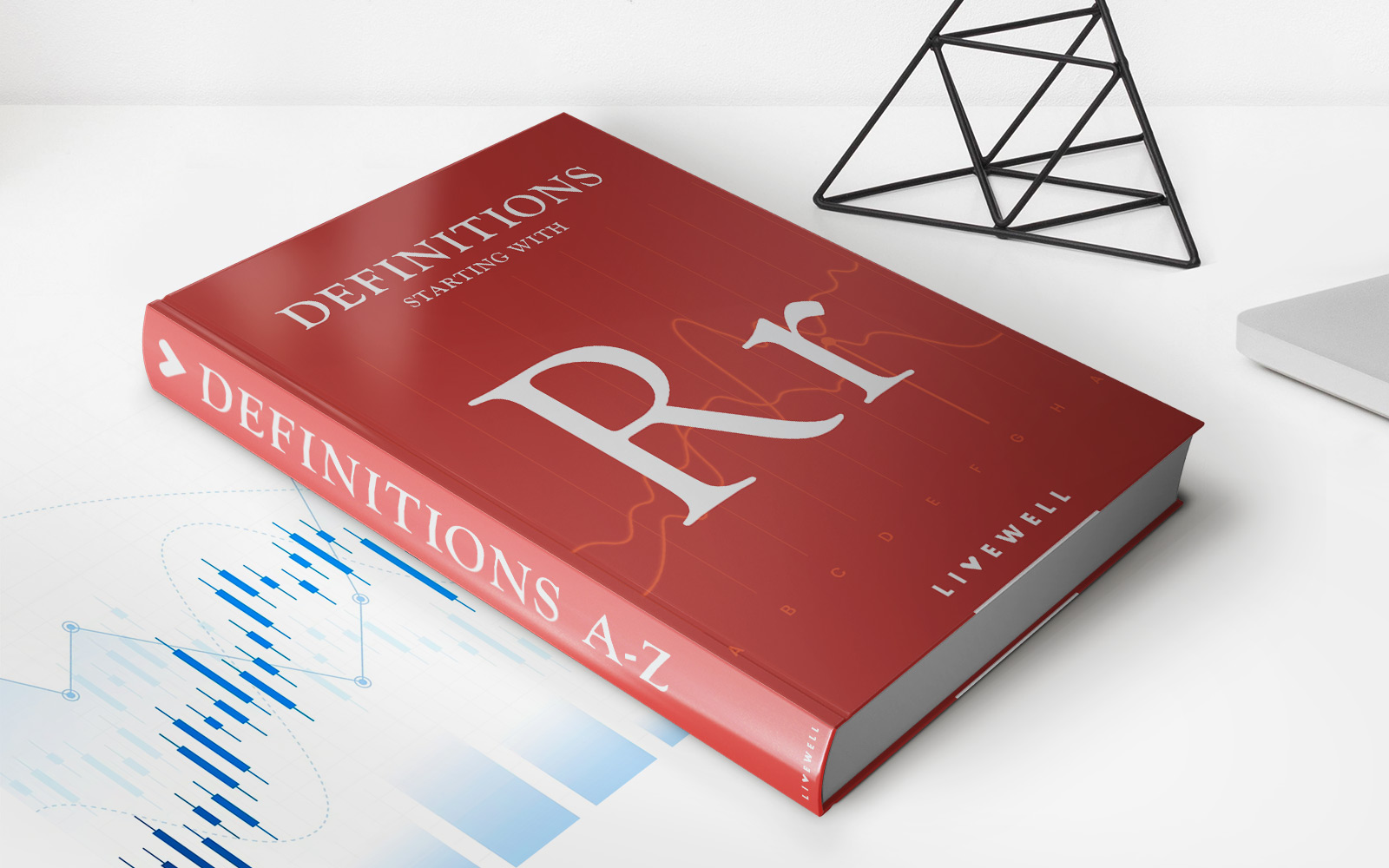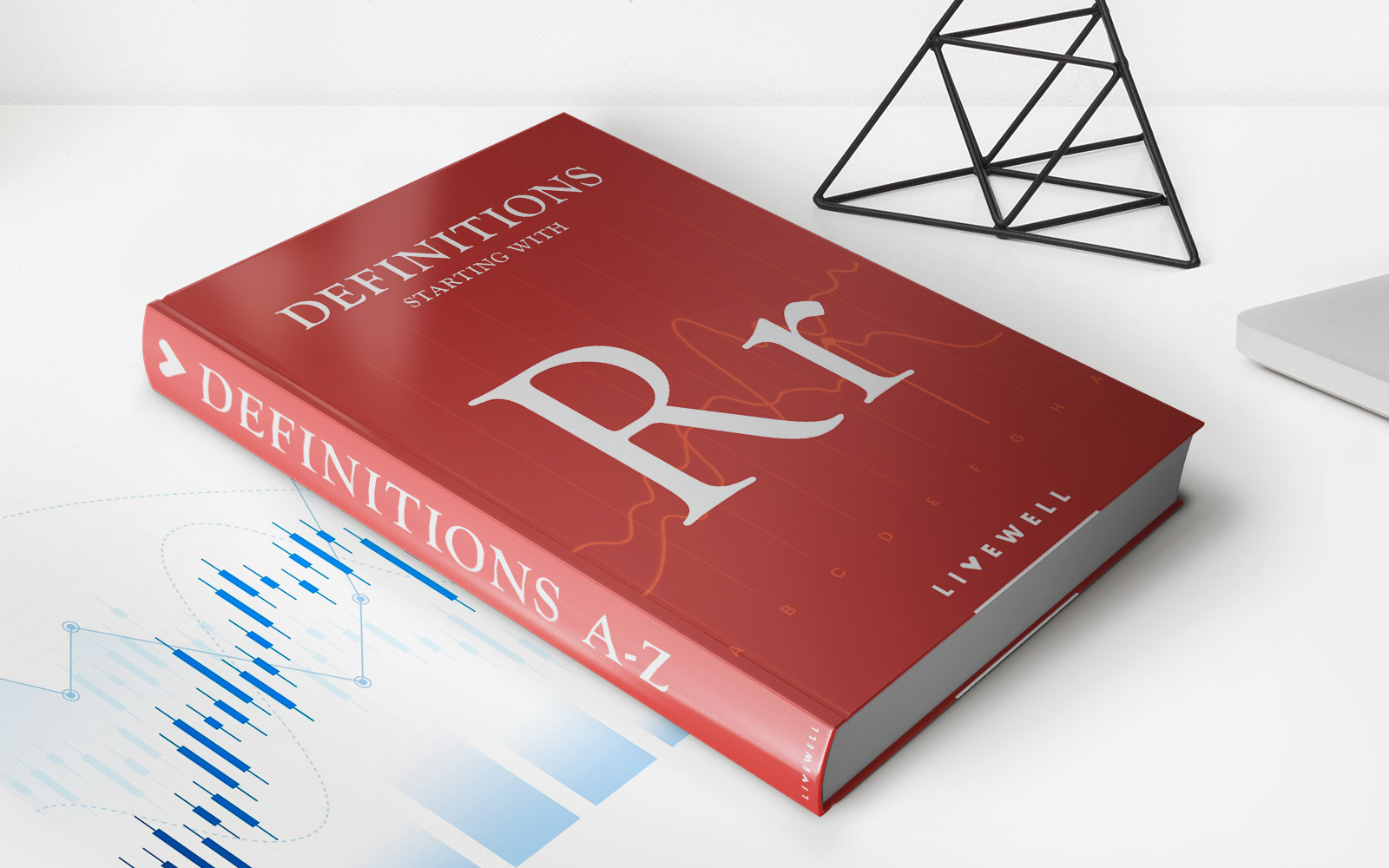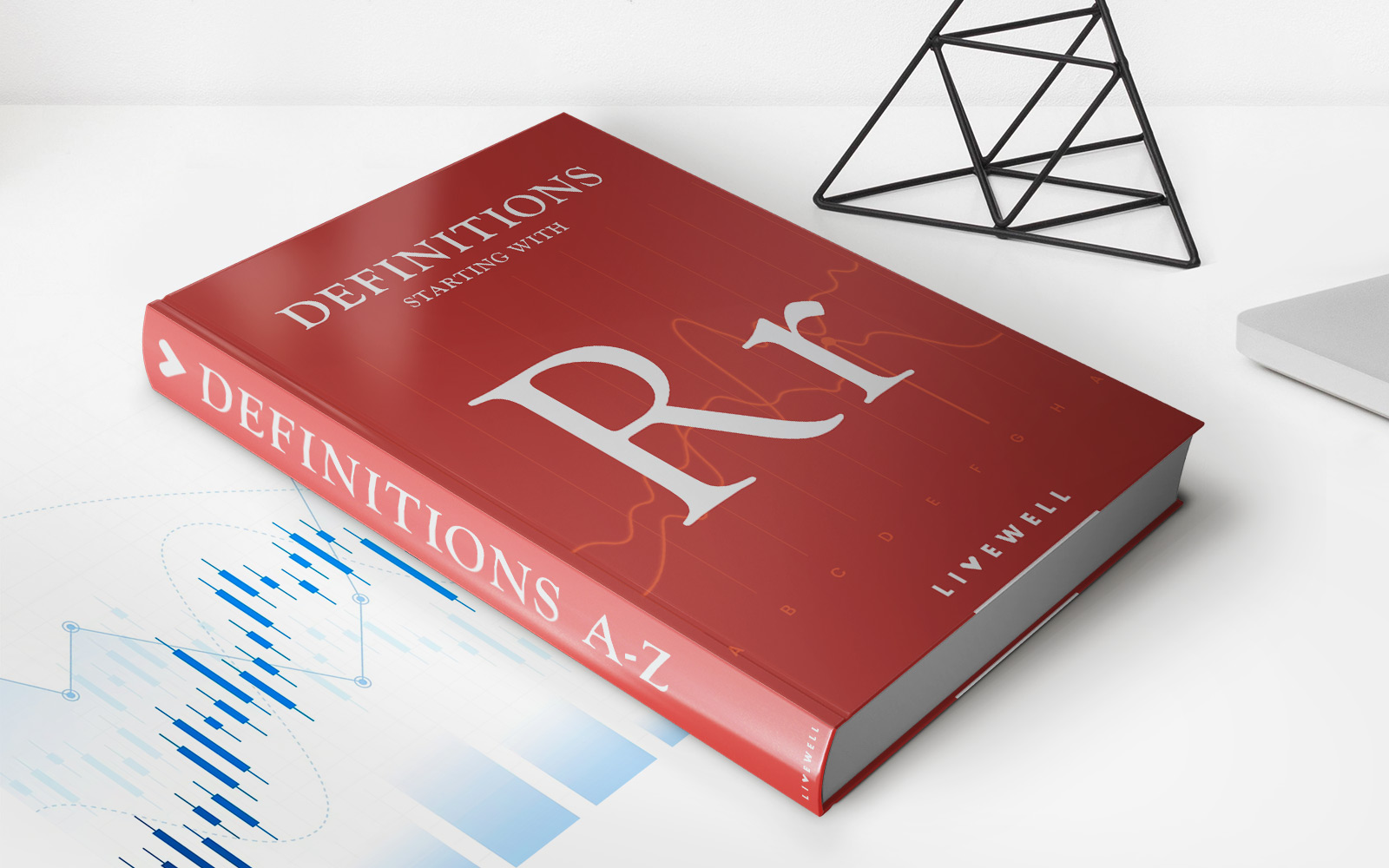

Finance
Uninsurable Risk: Definition And Examples
Published: February 13, 2024
Get a clear understanding of uninsurable risks in the finance industry with examples. Learn how to identify and manage these risks effectively.
(Many of the links in this article redirect to a specific reviewed product. Your purchase of these products through affiliate links helps to generate commission for LiveWell, at no extra cost. Learn more)
Understanding Uninsurable Risk: Definition and Examples
When it comes to managing our finances, one aspect that often goes overlooked is the concept of uninsurable risk. But what exactly does it mean? In this blog post, we will dive deep into the realm of uninsurable risk, exploring its definition and providing you with real-world examples to help you better understand this important financial concept.
Key Takeaways:
- Uninsurable risk refers to risks that insurance companies are unwilling or unable to provide coverage for.
- These risks are often unpredictable or have such severe potential consequences that insurers cannot accurately assess the associated costs.
So, what exactly is uninsurable risk? In simple terms, it refers to a type of risk that insurance companies are unwilling or unable to provide coverage for. This can be due to a variety of factors, such as the unpredictability of the risk or the potentially severe consequences that can result. The unavailability of insurance coverage for these risks can leave individuals, businesses, and even governments vulnerable to significant financial losses if they occur.
Examples of Uninsurable Risks
Now, let’s take a look at some examples of uninsurable risks to give you a clearer understanding:
- War or Acts of Terrorism: Insurance companies generally do not cover damages caused by war or acts of terrorism. The potential magnitude of these events, along with their unpredictability, make it extremely difficult for insurers to quantify the associated risks and offer affordable coverage.
- Nuclear Accidents: Nuclear accidents, such as a reactor meltdown, are considered to be uninsurable due to their catastrophic potential and the long-lasting effects they can have on both the environment and human health. The complexity and scale of these risks make them nearly impossible to fully assess and provide coverage for.
- Market Instability: While insurance is designed to protect us from uncertainties, market instability is another example of an uninsurable risk. Fluctuations in stock prices, interest rates, and overall economic conditions are inherent to financial markets and cannot typically be mitigated through insurance coverage.
- Losses from Illegal Activities: Insurers do not provide coverage for losses resulting from illegal activities such as fraud, theft, or intentional harm. These actions are considered to be against the law, making them uninsurable by default.
- Political Risks: Political risks, including warfare, civil unrest, or government policy changes, are often difficult to predict and measure. Insurance companies may exclude coverage for losses resulting from these events due to the complex nature of political environments and the potential for significant financial impact.
While these examples represent just a few of the many uninsurable risks, they emphasize the importance of understanding the limitations of insurance coverage. It is crucial to develop a comprehensive risk management strategy that includes alternative methods of protecting yourself or your business against these types of risks.
In Conclusion
Uninsurable risk encompasses a broad range of situations in which insurance coverage is not available due to the unpredictability or severity of potential losses. Understanding these risks and incorporating appropriate risk management strategies into your financial planning is essential for safeguarding your financial well-being. By being aware of what are and are not insurable risks, you can make informed decisions and take proactive steps to protect yourself financially.














